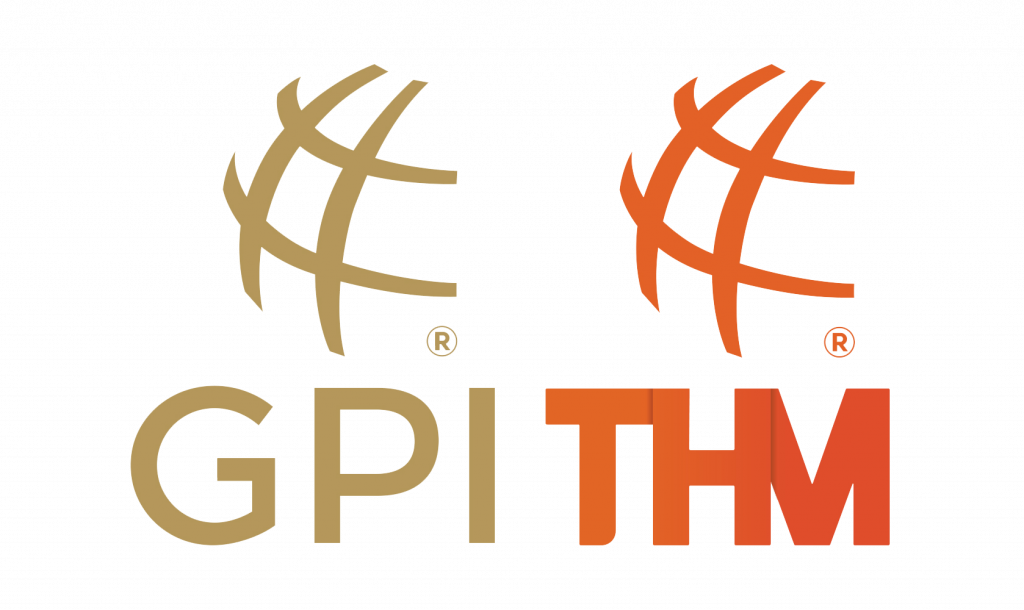
How Much of a Boost Can Satellites Give Poker Players?
Transitioning from a mid-stakes poker player to a high roller can be a complex process.
While mid-stakes players often stake under $2,500 per tournament, the jump to high rollers – where buy-ins typically start at $5,000 – requires not just a larger bankroll, but also a sharper edge in skill, mental endurance, and emotional resilience.
This is where satellites come into play. For as long as competitive poker tournaments have been around, event organizers have used satellites to bridge the gap between stakes, making it far easier for players to make that transition and delve deeper into the game of poker.
What are Satellites?
So what are satellites, exactly? The concept of satellite tournaments emerged informally in the poker community in the 1970s, allowing players to pool their money and send one representative to a bigger event.
A few years later, in 1982, the World Series of Poker officially introduced satellite tournaments into its structure, allowing players to win entry into the $10,000 Main Event for a much lower buy-in. In terms of how they work, satellites function just like traditional tournaments, but with one key difference: the prize isn’t money, it’s a seat or package to a larger event.
They’re not too tricky for tournament players to adjust, either, being structured as single-table or multi-table tournaments, with the number of seats or packages awarded depending on the total prize pool. For instance, if a satellite with a $100 buy-in attracts 50 players, the top two finishers might each receive a $2,500 entry.
Changing the Modern Poker Landscape
This provides a neat little boost for players – a boost that has become even more appreciated over the last few years. It’s estimated that, in 2025, around 100 million people play poker worldwide, with online poker seeing significant growth.
This means that there are a lot of new players to this game, many of whom have quickly advanced from beginner poker players to mid-stakes players. But the transition from beginner to mid-stakes is not as jarring – or risky – as the transition from mid-stakes to high roller.
Take Canada, for instance. It was only in 2022 that Ontario launched its regulated online poker market, opening the doors to a new wave of serious online players. Since then, the province has reported gambling revenues of over $3 billion, with players able to compare Canadian online casinos and choose a platform that nurtures their growth and helps them progress steadily into mid-stakes play.
The only downside to this is that a lot of players don’t know when they’re ready to move up in stakes. As mentioned previously, high roller events come with far steeper buy-ins, as well as sharper opponents and more risk of losing big.
Skilled mid-stakes players may find themselves outmatched in fields stacked with seasoned professionals, GTO-heavy strategies, and players backed by deep financial resources. And this makes the financial leap for the buy-in far more intimidating and dangerous if players aren’t ready for it.
Providing a Boost for Mid-Stakes Players
When satellites come into play, however, this all changes. Essentially, these satellites provide a viable entry point for mid-stakes players to transition into the high roller arena without the need to front the full buy-in. Instead of risking tens of thousands of dollars upfront, players can invest a fraction of that amount in a satellite tournament, with the chance to win a coveted seat at a high-stakes event and play with far less fear.
This opportunity not only reduces financial risk but also provides invaluable experience competing against top-tier opponents. That’s because it allows players to test their skills in a high-pressure environment while preserving their bankroll – a crucial advantage when stepping up to such elite competition.
Managing your bankroll is the most critical part of playing poker, of course. Just as any business manager would manage the budget of a company, successful poker players must carefully allocate their funds to minimize risk and maximize growth potential. Jumping into high roller events, then, goes against this fundamental principle if done prematurely. Satellites act as a strategic gateway, allowing players to step up gradually and responsibly.
For many players, winning a satellite can be a turning point – the moment they realize their skills can hold up against tougher competition, and that the path to poker’s elite is within reach without breaking the bank.
